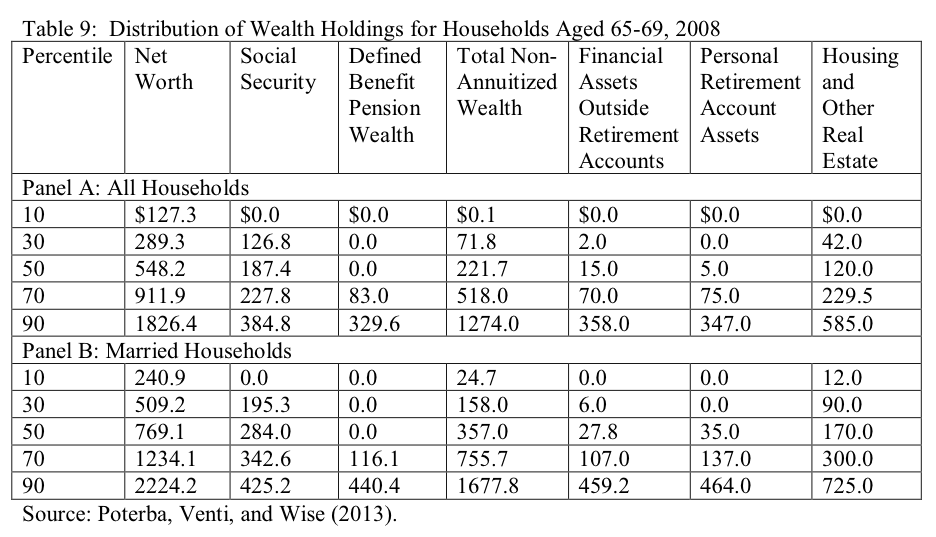By James Kwak
In general, the State of Connecticut offers pretty good defined contribution retirement plans to its employees. Most importantly, it offers several low-cost index funds in institutional share classes. For example, you can invest in the Vanguard Institutional Index Fund Institutional Plus Shares, which tracks the S&P 500 for just 2 basis points, or the TIAA-CREF Small-Cap Blend Index Institutional Class, which tracks the Russell 2000 for just 7 basis points. Administrative fees are unbundled, and are only 5 basis points. For no good reason I can discern, however, you can also invest in actively managed stock funds like the JPMorgan Mid Cap Value Fund, which costs 80 basis points.
As I’ve previously said, I have mixed feelings about target date funds. In principle, they do the reallocation and rebalancing for you, so they could be appropriate for people who want to make one choice and then forget about their investments (which, in many ways, is a good strategy). The hitch is that a target date fund is only as good as the funds inside it. Fidelity, for example, puts twenty-five different funds inside one of its target date funds, including thirteen U.S. stock funds, eleven of which appear to be actively managed. This is just a clever way to sneak expensive active management back in through the back door.
The Connecticut retirement plans do have target date funds, but luckily they use Vanguard’s versions, which are made up of index funds and only charge 14–16 bp (as opposed to 77 bp for the Fidelity Freedom 2040 fund) … until now. As of February, the Connecticut defined contribution plans are switching away from Vanguard to something called “GoalMaker,” which takes your money and spreads it out among the various funds offered by the plan—including those expensive, actively managed funds. For example, if you say you have a moderate risk tolerance and want to retire in 2034, it puts your money in fourteen different funds—including six U.S. stock funds, three of which are actively managed.
This is just fake diversification. On one level, it may seem more prudent to have money in both the Vanguard S&P index fund and the Fidelity VIP Contrafund Portfolio (wow, “VIP,” that must be special!). But mutual funds are already diversified—particularly index funds. If you have some reason for thinking that the VIP Contrafund Portfolio will beat the index, then you might choose to invest in it—but, in fact, it’s trailed the S&P 500 over 1, 3, 5, and 10 years.
Most likely, the people who are currently invested in Vanguard target date funds will get shifted into GoalMaker portfolios. They will pay several times as much in fees for basically the same thing, except with a little additional risk due to managers’ attempts to beat the market. It’s hard to see how this makes anyone better off—except the asset managers themselves.

